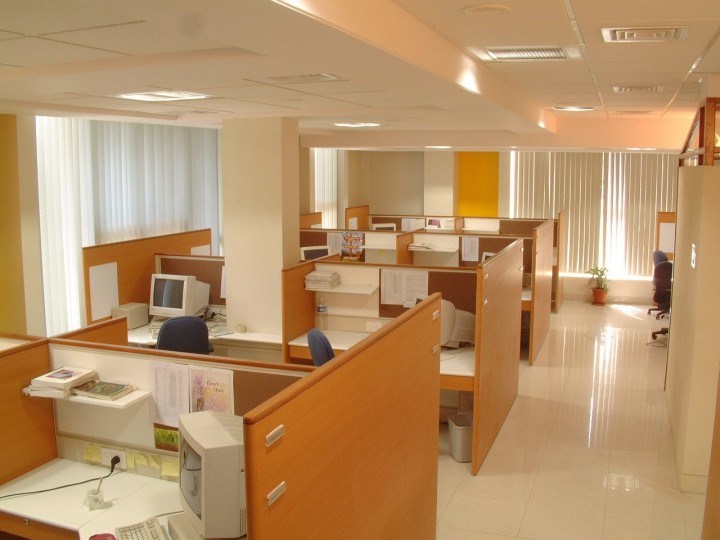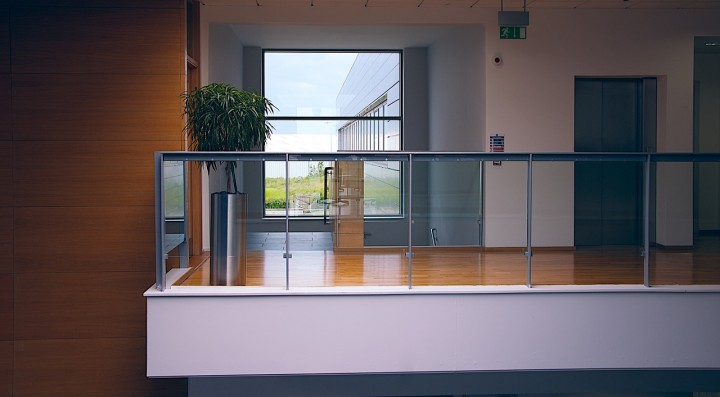Optimal working environment is one of the key ingredients of top-scoring businesses. This inevitably includes the aspect of sound management. Firstly, you must establish whether you’re having troubles with the exterior or interior noise sources. Make sure not to mix these up, as concepts of noise reduction and noise absorption are decidedly different and operate in dissimilar manner.
In short, noise absorption method is altering the sound and preventing echoing effect while noise reduction stops the sound in entirety. The soundproofing paraphernalia involves many accessories and treatments, from carpets and curtains to window and wall isolation. Bear with us to find out what it takes to properly soundproof an office space, and what preparations are to be made before the actual procedure.
Taking Measurements and Installing Separators
Prior to introducing soundproofing elements, take precise measurement of the office in question as the footage predominantly affects the outcome. Reduce the noise disturbances by setting up partitions or dividers, but not just the typical cubicle-like ones. Position them so that there is an air gap between two layers of a divider that operates as an insulator and aids in noise diminishment.
The best thing you can do is acquire an SPL (sound pressure level) meter and track the sound level around the room for focus points and more successful results. You can find it in any online store or a local electronic appliances store.

Securing Windows and Floors
Move on to the inspection of windows and determine whether they’re the ones to blame for the high levels of noise pollution in the office. If the sounds are reaching through the windows of your business space, consider employing some of the trusted soundproofing options. For instance, adding an extra window pane can act much like the double-layer dividers and produce the needed air insulation and sound cushion barrier.
Next, you can opt for complete plugging of the window frame and seal the panes that are not in use. If you’re thinking about long term solutions that offer a plethora of additional benefits (one of which is noise reduction), invest in the double glazing treatment and check the ‘properly soundproofing windows’ off your list for good. You will not only provide the perfectly quiet business space but you’ll cut the heating and cooling costs, as well. The benefits are the same as in case of quality residential windows, but applied in larger commercial structures.
Lastly, don’t underestimate the importance of the good old carpets and drapes. Mind you that the more acoustic the base flooring, the more potent buffering you’ll need. The wall-to-wall carpets of standard thickness should be enough to evict the ringing or vibrating effect. When it comes to drapes, it’s an old trick many hotels use to provide the noiseless comfort for their guests. The thick and heavy curtains are relatively inexpensive but incredibly powerful soundproofing accessory.

Assessments and Noise Ratings
We need to figure out the sound transmission class (STC) ratings of a designated company building or home office to establish what noise reduction method meets its requirements. Basically, the STC rating is a whole number measure of sound attenuation that your screens or walls provide, expressed in decibels. For example, the wall with a rating of 30 will not block the speech from the outside or other offices, but a rating of 60 will.
Although the usual office wall rating is 50, work patiently and gradually increase the ratings to find the ideal values for your business space. By adding space, mass and absorbent materials, you can improve the ratings of a designated room. Simple insulation raises the numbers by 5, which can make a huge difference.

The Selection of Materials for the Walls
As additional mass on the walls can make a substantial difference, turn to materials that cling nicely to it such as drywall, lead, concrete or sheet rock. Sandbags and bricks are also welcome if they fit in your office premises. Still, note that heavy materials eliminate the sound breaches while soft insulation sheets minimise it when selecting the soundproofing treatment. Finally, fill all the tiny cracks and gaps for optimal outcome.
The noise pandemonium in the office can be a serious productivity killer. Act smartly and soundproof your working area on time.


